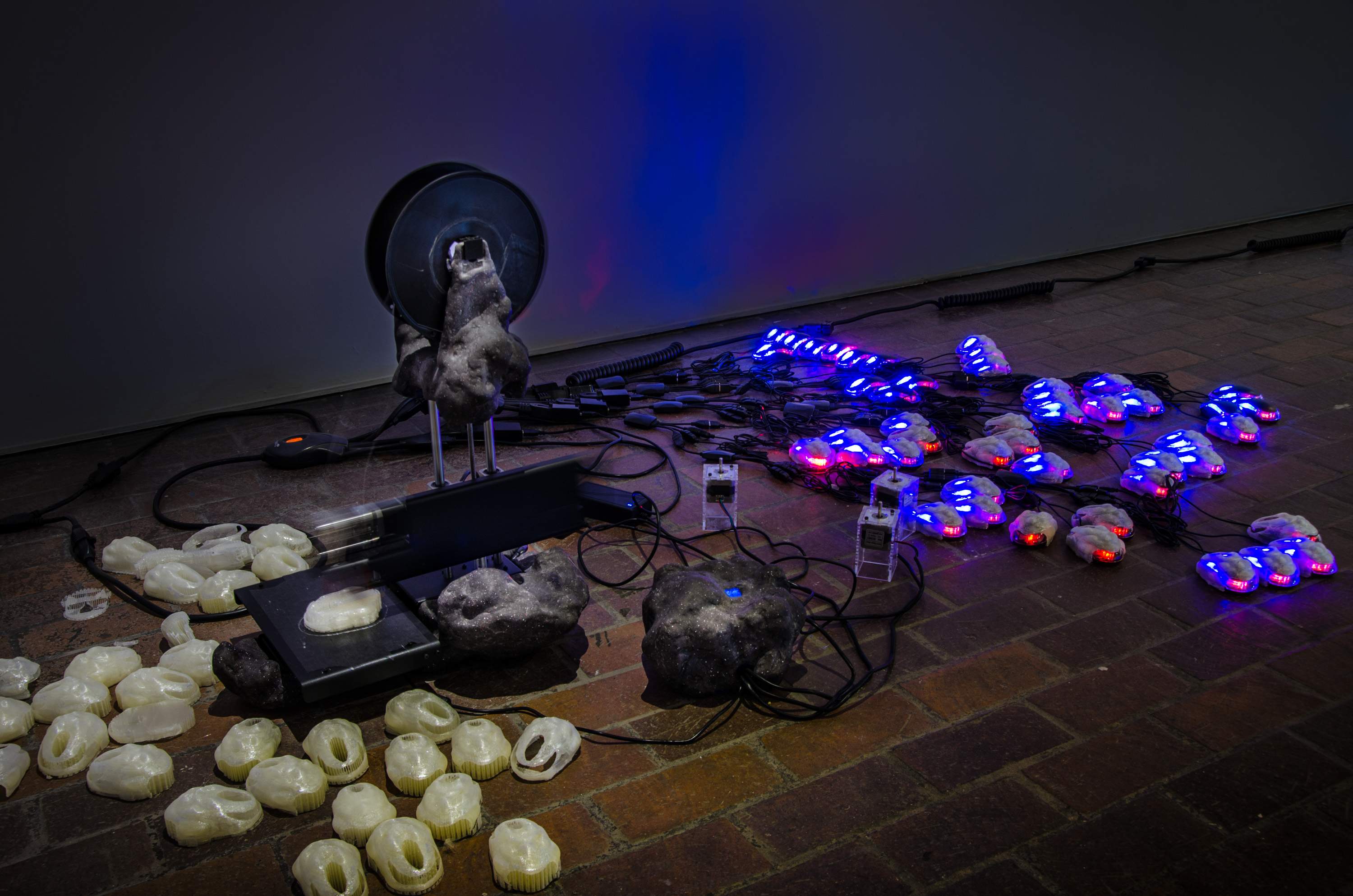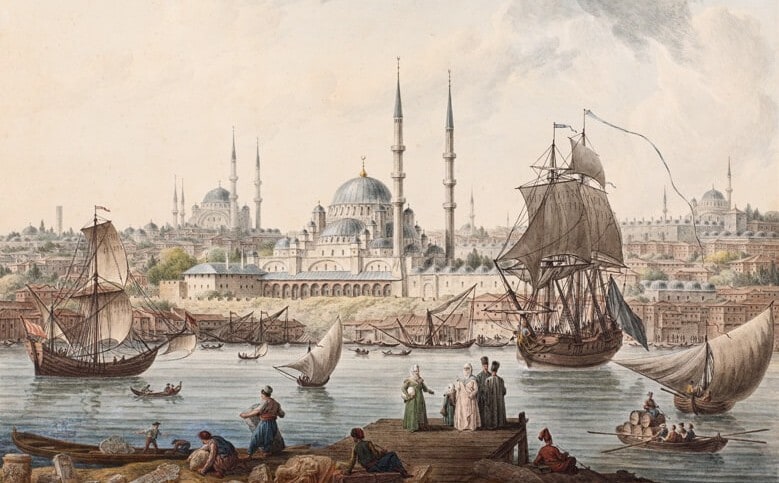Director: George Korras
Cast: Takis Moschos, Minas Hatzisavvas, Anna Makraki, Thanassis Mylonas
Greece, 1985, 113', DCP, color
Greek with Turkish, English subtitles
The film's central hero Aris lives in Athens with his agriculturist friend Thanos in an old house, which they have rented from Petros, Aris' teacher at the School of Journalism. The house comes alive mostly at night with discussions, anxieties, problems and romantic involvements of their friends. Until one day Thanos meets Stella, an actress who is a few years older than him. Her arrival in the house changes everything. A woman of strong character, she quickly makes her influence felt and events now follow rapidly. Aris, terrified, takes refuge in the past: in his village, which is also about to be destroyed, like Athens, like our planet.

He had imagined the court room as a big place. It wasn’t. It was about the size of his living room, with an elevation at one end, with a dais on it. The judges and the attorneys sat there. Below it was an old wooden rail, worn out in some places. That was his place. There was another seat for his lawyer. At the back, about 20 or 30 chairs were stowed out for the non-existent crowd.

When regarding the paintings of Istanbul by western painters, Golden Horn has a distinctive place and value. This body of water that separates the Topkapı Palace and the Historical Peninsula, in which monumental edifices are located, from Galata, where westerners and foreign embassies dwell, is as though an interpenetrating boundary.
Tuesday - Saturday 10:00 - 19:00
Friday 10:00 - 22:00
Sunday 12:00 - 18:00
The museum is closed on Mondays.
On Wednesdays, the students can
visit the museum free of admission.
Full ticket: 300 TL
Discounted: 150 TL
Groups: 200 TL (minimum 10 people)